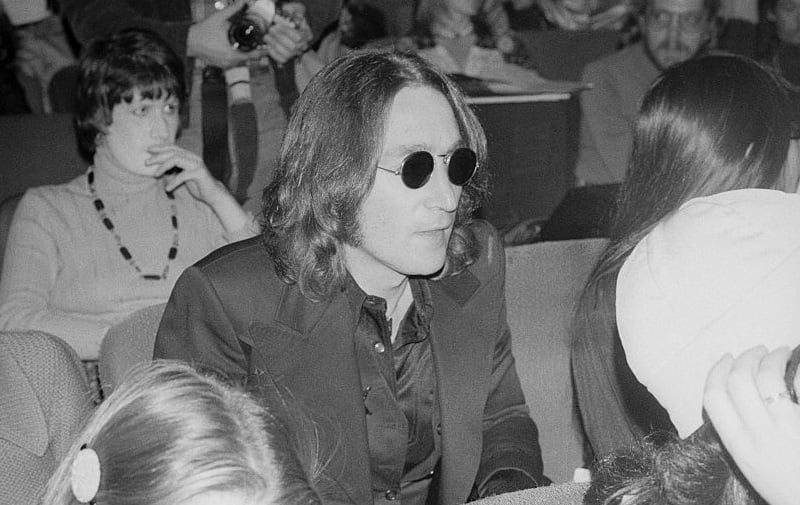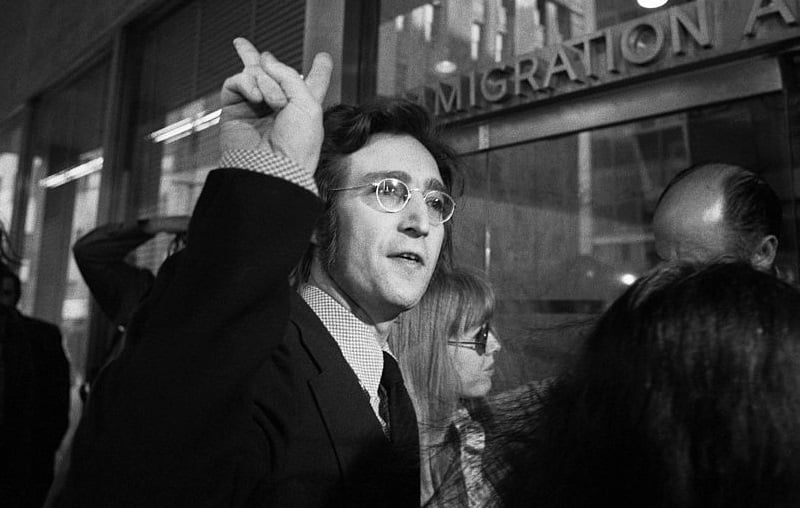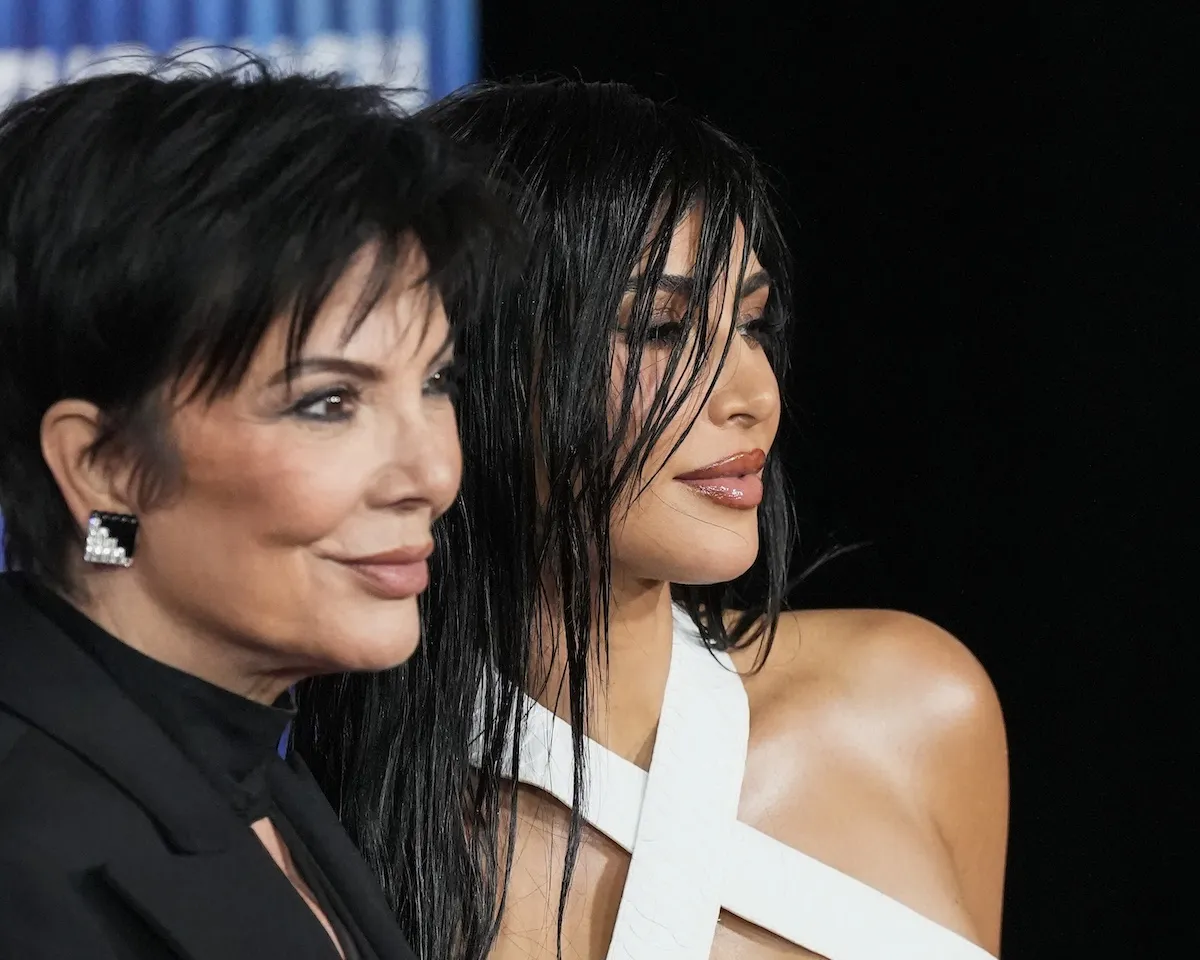Did Nixon Really Try to Deport John Lennon?
If you thought a thin-skinned U.S. president trying to deport people he doesn’t like is a new development … well, have we got a story for you. In fact, it’s another reminder why people keep comparing the White House’s current occupant to that great bastion of corruption, Richard Nixon.
This tale revolves around John Lennon, who by 1970 had kicked off his solo career and a year later moved to New York with his wife, Yoko Ono. By then, John and Yoko had become famous for their bed-ins and anti-war stance with tracks like “Give Peace a Chance.”
According to files that have been released since, the FBI became very interested in Lennon when he began using his influence on U.S. political matters in 1971. After his protest song “John Sinclair” led to the release of a man convicted for marijuana possession, Nixon turned up the scrutiny.
Once Lennon spoke of touring the country advocating against Nixon’s ’72 re-election campaign, there was no turning back. With the voting age dropped to 18 for the first time that election, Nixon needed to act.
Nixon worried about Lennon’s ability to sway the electorate in the first 18+ election.

By ’72, Lennon had been very clear about his feelings toward Nixon. In fact, the only person he trashed more than Paul McCartney on the 71′ Imagine album was Nixon. The song “Give Me Some Truth” offers a great example.
“No short-haired, yellow-bellied son of Tricky Dick is gonna Mother Hubbard soft-soap me,” Lennon sang over some soaring George Harrison guitar.
With the re-election campaign ahead and 18-year-olds eligible to vote for the first time, Nixon didn’t like where this was going at all. So he began sending FBI agents to Lennon’s concerts.
Soon, the administration learned that Lennon had a misdemeanor marijuana possession conviction in England. That would technically disqualify Lennon from entering the country. Nixon saw his opening as Lennon’s tourist visa expired.
Nixon ordered Lennon’s deportation in 1972.

Nixon wasn’t worried about some abstract threat from Lennon. The former Beatles star had actually planned to follow Nixon around the country and play concerts after the president spoke. Somehow, Nixon considered this gesture a real threat to his chances for re-election.
In March, the administration made sure a deportation order got sent Lennon’s way. By May, the singer-songwriter said he wouldn’t be mounting any sort of opposition to the re-election campaign. Clearly, Nixon’s intimidation campaign had worked, and John still had to avoid deportation.
To that end, he enlisted friends from all over to lobby the administration on his behalf. Everyone from Joan Baez and Bob Dylan to Joseph Heller (Catch-22) and Leonard Bernstein wrote to the administration on Lennon’s behalf. “Hurray for John and Yoko,” Dylan wrote. “Let them stay and live here and breathe.”
When November arrived, Nixon’s fears proved unfounded: He easily won re-election. Meanwhile, the legal proceeding started going Lennon’s way. By 1975, he had the deportation order overturned by U.S. judges. A year later, he got his green card and became a permanent resident.
So where was Nixon by that point? Ah, he’d resigned in disgrace in August ’74. It wasn’t instant karma, but it was close enough.
See also: The Paul McCartney Songs John Lennon Described as ‘Granny Music’


